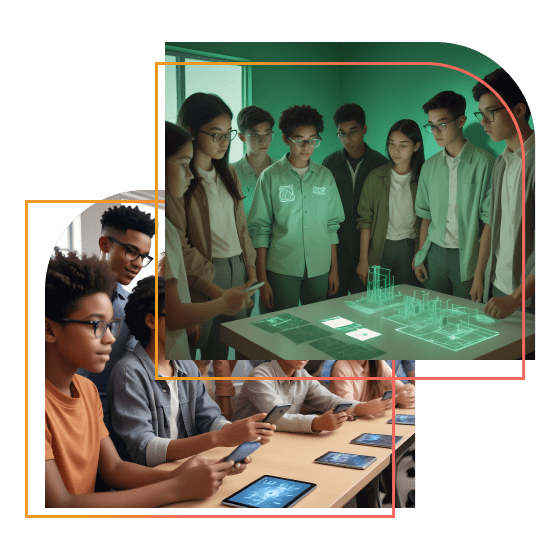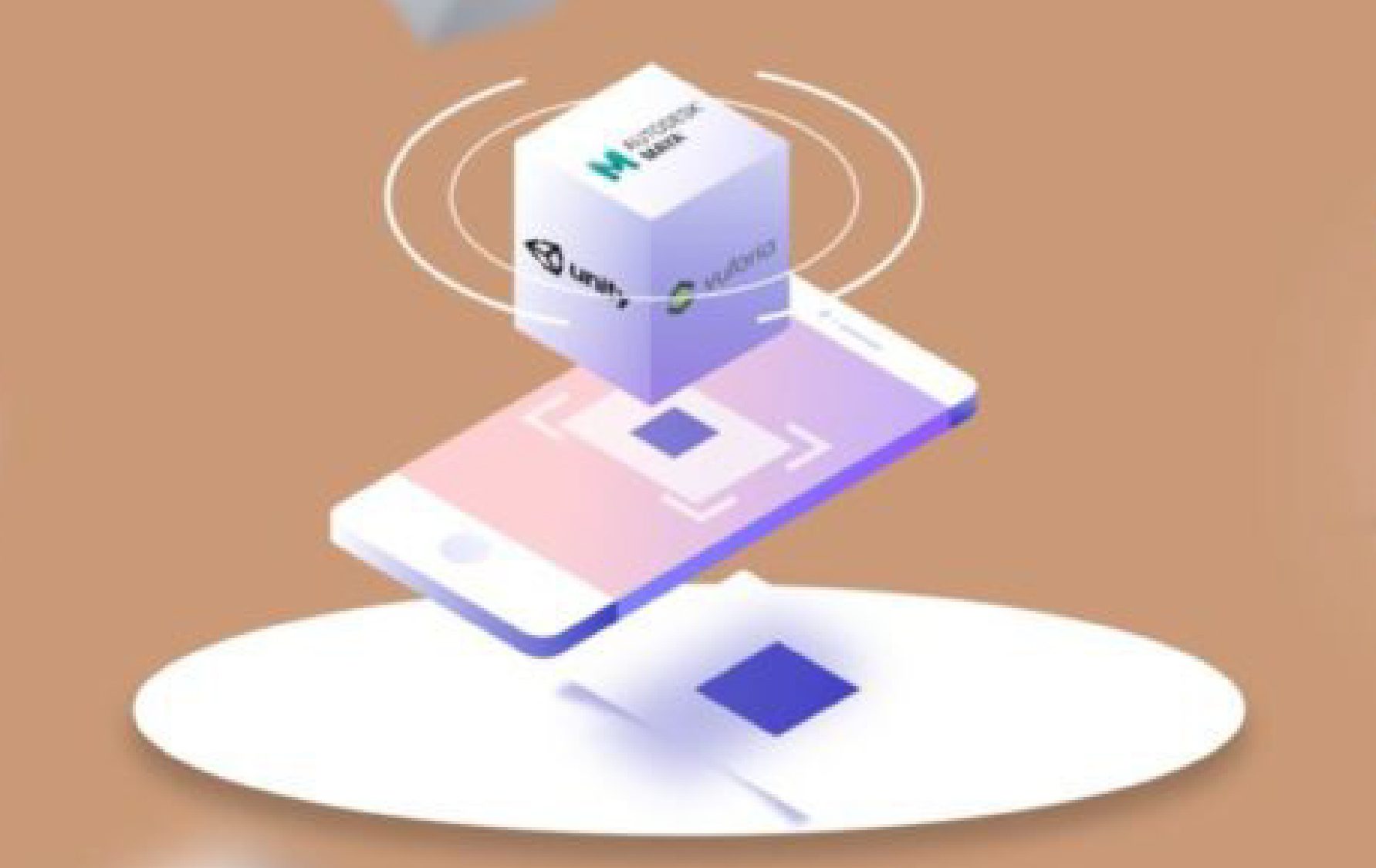AR for Education: New Scopes to Revolutionize Training
Most of us have experienced two-dimensional picturing and learning of many models, and we have adored it. So, will a three-dimensional view of the same in real life bring in a great deal of delight and utility?

Overview

To develop an immersive training program for interactively learning DC generators. We developed an interactive 3D DC Generator model with comprehensive multimedia content.
- In the Unity application, the Vuforia library detects real hardware and recognizes planes.
- The app lets trainees examine equipment, dismantle parts with a tap for closer inspection, and access offline explanations.
- The app, key for distance learning, explained the model and cross-section when showcasing wasn’t possible, with voice assistance.
Request Brochure
Case
People believe that there is a time-limited learning phase in our lives, but the truth is that the learning phase lasts forever. It starts with our birth and concludes with our death. So the next big question is, can we make a difference in how we approach the learning phase? The answer is yes. There are several technological elements available, and incorporating these into the learning process is the final step in reinventing the learning process. One such technology is augmented reality for educational purposes.
Our client, a well-known educational institution, wanted to revitalize the learning experience for its students. They engaged TA to develop a highly immersive training and learning experience solution for one of their student learning processes. The primary need was to make the learning of the DC generator in a much more interactive sense. We integrated several cutting-edge technologies into the solution, bringing it on par with the technical industrial standards as well as the clients’ expectations.
Challenges
Our client has raised the issue of how to provide chances for self-learning and distance learning to their trainees. The idea was formulated from the concept of AR for education. To facilitate this process, the customer was interested in creating a distributed teaching mechanism using AR technology that could aid in the self-study of DC generators without the need for an instructor. Trainees can see the equipment in an AR platform and study more effectively with the help of an AR application.An interactive 3D graphical model of a DC Generator had to be created as part of this application, as should theoretical explanations, deconstruction, and comprehension of its numerous elements, as well as audio, textual, and graphical content. They wanted all of the audio explanations in an Indian accent, as well as the subtitles, to offer the trainees a better comprehension of it. They also stated that all of the applications should function properly even while not connected to the internet.
Solution
As part of the solution, we opted to develop an AR application in Unity that would operate on the client's specified Android tablet. The 3D model of the DC Generator was created by referring to the actual hardware provided by the client. AR-based DC generators have been created in two approaches. If the original model is unavailable, the applicant can scan a flat surface and place the created 3D Model there, or the candidate can scan the genuine hardware and place the developed 3D Model over it in an AR environment. In the Unity application, we used the Vuforia library to detect real hardware and recognize planes.The trainees need to see extremely minute details of every part of the equipment using the designed application, and if they want to see more details about a section, there is an option to dismantle and take out that part with a single tap. We also supplied audio and textual explanations for each part's disassembly. When a learner interacts with the application, a voice assistant is provided that gives out a full description of the part. All elements, such as 3D models, text, and audio files, are incorporated directly inside the application, allowing it to function without an internet connection.
Impact
The augmented reality for education as a solution was able to make some incredible advances in the learning process. The departure from traditional training paradigms resulted in a more intriguing and immersive learning experience for the pupils.
There are various delightful impacts brought in by the application. The major ones are as below:
- Showcasing the real model and its cross-section was not possible every time. The application played a big role in distance learning
- A voice assistant supported the students in the learning process by providing extensive explanations about the various portions
- The app allows for less physical manipulation of the generator, resulting in less damage
- The Application provided the trainee a self-learning tool for enhancement of their technical know-how and provided a vivid understanding of the concepts